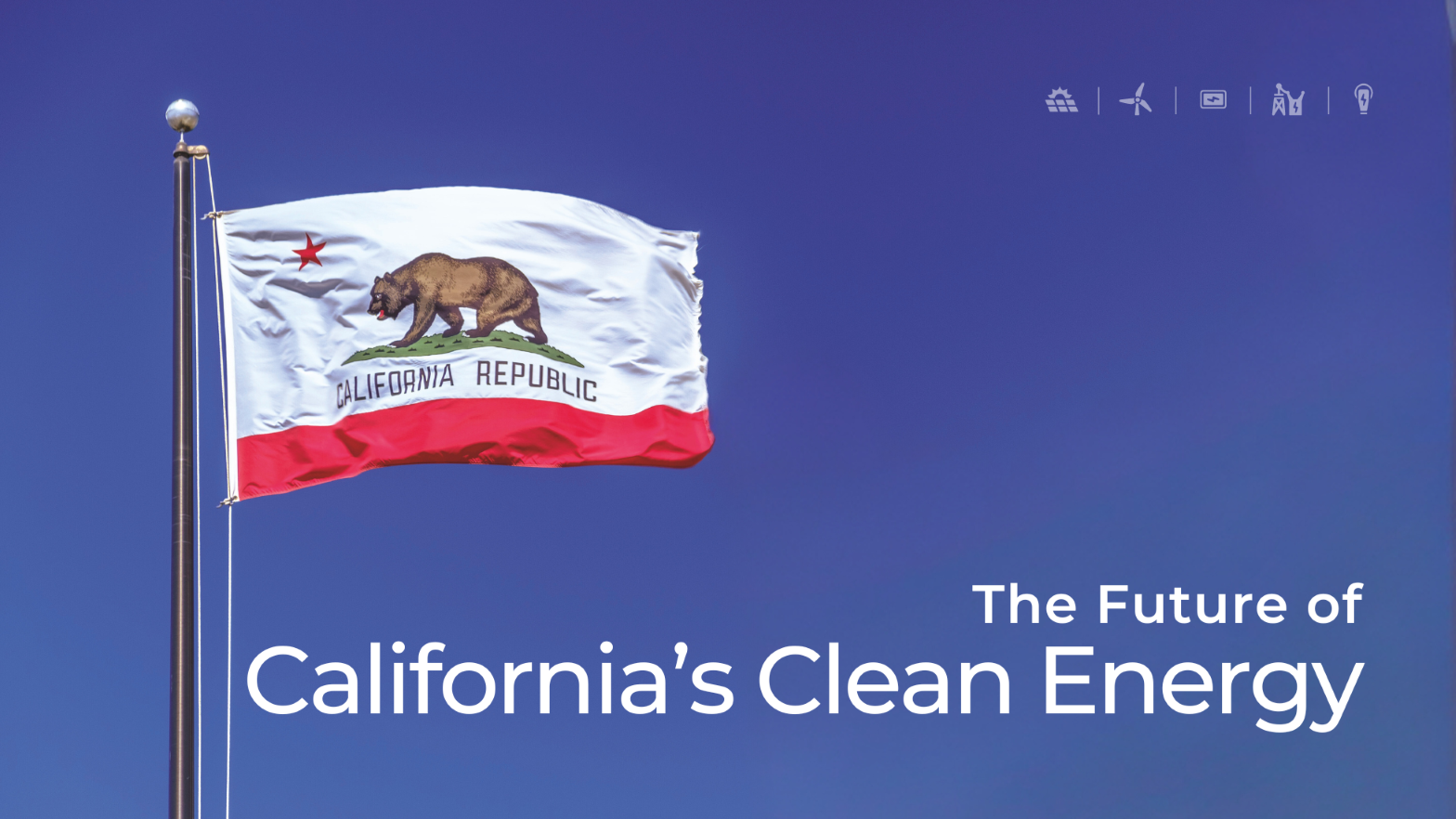Constructing Data Centers that Power Artificial Intelligence (AI) Learn More
California’s Clean Energy Goals: Are They Achievable?

Twenty years ago, renewable resources accounted for only a small portion of the electricity consumed by Californians. According to the most recent data in 2022, 61 percent of California’s retail electricity sales come from zero-carbon, clean generation.
Furthermore, Senate Bill 100 (2018) has set an aggressive renewable goal of serving 100 percent of California’s retail sales and state loads with renewable and zero-carbon energy by 2045. More recent legislation set new interim goals of 90% by 2035 and 95% by 2040.
Challenges to Overcome
While the state is clearly on its way to achieving a clean energy future, it’s important to look at the challenges the state still faces in realizing its sweeping goals. The Union of Concerned Scientists, a nonprofit science advocacy organization based in the U.S., states that for California to achieve its 2045 clean energy goals, the state will need to roughly triple its existing energy capacity.
There are enough clean energy projects in the works for this to happen—if the state can clear hurdles that frequently occur in the development of these projects.
The Need for Transmission and Grid Upgrades: California’s grid infrastructure has not kept pace with the state’s clean energy transition. State legislators and regulators need to incentivize utilities to upgrade the existing grid infrastructure with grid-enhancing technologies like dynamic line ratings and power flow controls. This will increase transmission capacity quickly and cost-effectively and is a more expedient alternative than building out new transmission, which can take years. California should also cooperate with other Western states to create a regional grid coordination entity to coordinate transmission planning efforts.
Interconnection Queue Backlog: California Independent System Operator (CAISO) must conduct interaction studies on all product power-generating projects to assess their impact on the grid before they can be connected. Requests have inundated CAISO in the past few years, creating a huge backlog of projects waiting to be studied, so the agency is taking steps to address this issue.
Siting and Permitting Difficulties: While California has great clean energy resource potential, siting the infrastructure to facilitate it often conflicts with other land uses such as conservation, agriculture, and various community needs. Often, local opposition to green lighting projects is present. Legislation to incentivize clean energy on the built environment (e.g., warehouse rooftops) and disturbed lands (e.g., brownfields) or the use of virtual power plants can minimize the amount of land needed and reduce siting and permitting issues. To address local concerns proactively, affected communities should be contacted in the very early stages of a project to get buy-in and help the permitting process move faster.
Helping the state realize its clean energy goals
BEI is well aware of the issues outlined above. The firm actively engages in a broad range of renewable energy projects, designing and installing clean energy infrastructure for wind, solar, BESS, substations, and EV charging.
“We understand and have become adept at navigating the various challenges we address to bring every renewable project to fruition,” explains Gary Chelini, Principal, BEI Construction. “Our company is thoroughly committed to doing everything possible to help further the state’s long-term climate objectives. Driving every member of our team is a passionate commitment to a clean energy future.”